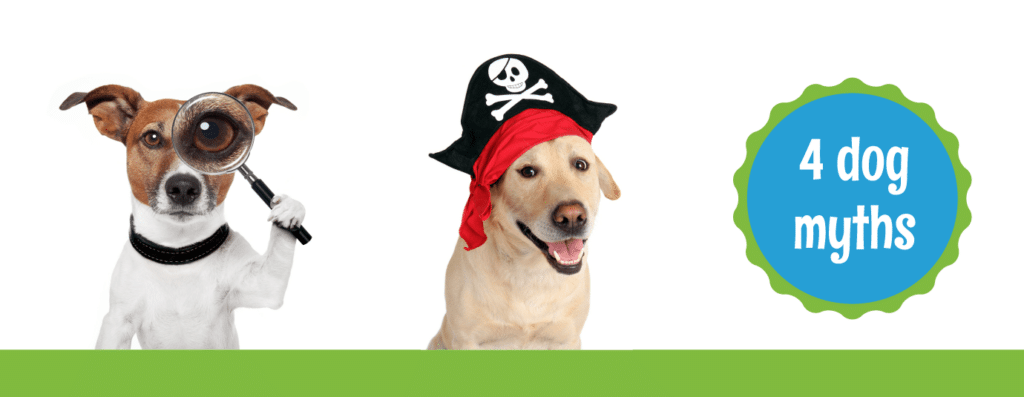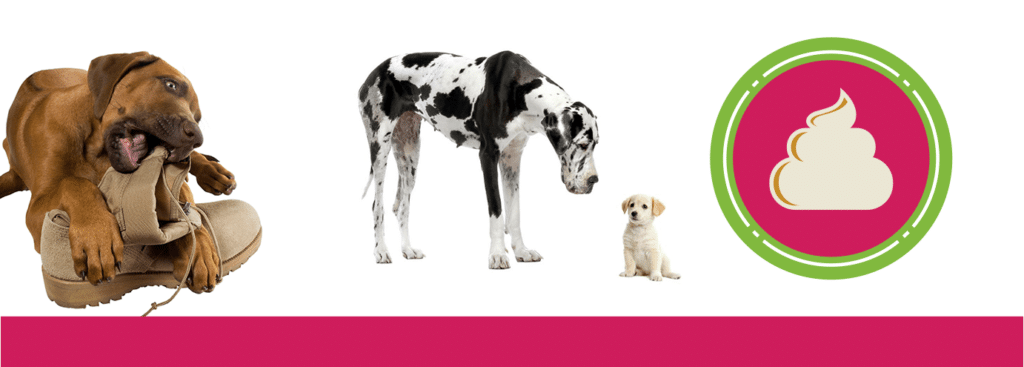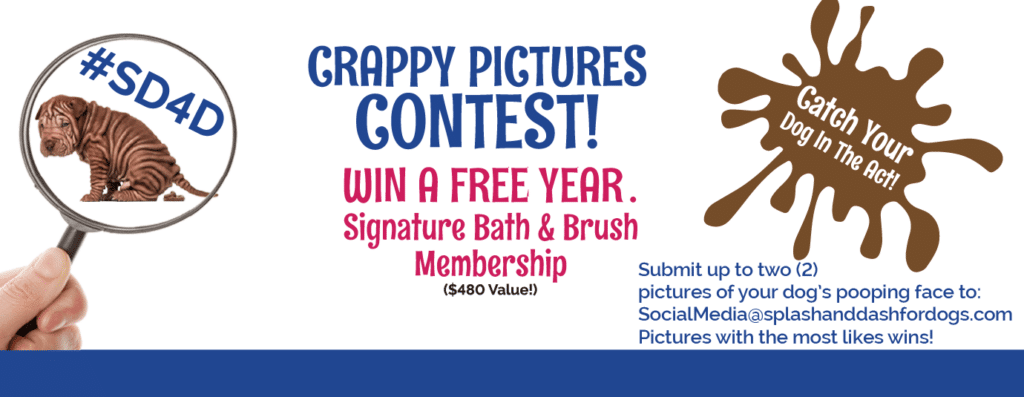Just this morning the news was filled with talk of a dog influenza outbreak in Chicago. Dog influenza is extremely dangerous to your pet, especially if left untreated. In order to better protect your dog from catching this illness, it’s important to know where it comes from, what it looks like, and what to do next if you believe your dog has caught it.
What is Dog Influenza?
Dog influenza, also known as canine influenza virus (CIV) or kennel cough, is a respiratory disease that has affected thousands of dogs in the United States in the past due to similar outbreaks even though it is still a relatively new virus. It’s so new that most dogs have never been exposed to it before which puts them at a much higher risk of infection. With that said, dogs of any age, breed, and vaccine status are susceptible to the disease.
How Do Dogs Contract Canine Influenza?
Canine influenza is transmitted between dogs through a combination of aerosols, droplets, and direct contact with respiratory secretions. The virus does not have a long air life, so for your dog to become infected, he would have to be in close proximity with another dog. This could be through play in the house or dog park or through cuddling with other dogs who have already been infected. On that note, dogs who interact with large groups of dogs are at a much higher risk than those who do not frequent dog parks, daycares, or dog beaches.
What Are the Symptoms for Dog Influenza?
Because canine influenza affects the respiratory system, you can expect the following symptoms in any combination if your dog has been infected:
- Clear Nasal Discharge that Becomes Thick, Yellow-Green Mucus Overtime
- Coughing
- Lethargy
- Loss of Appetite
- Rapid/Difficult Breathing
- Sneezing
- Variable Fever
Most dogs will show typical symptoms of kennel cough if they catch it, however some may develop a more severe illness that could ultimately include death if the illness is not caught and treated early on.
What is the Cure for Canine Influenza?
If your dog is showing any of the above symptoms, you should call your vet immediately. Kennel cough is very similar to the human flu, so there are no antiviral medications, but treating the sickness correctly is imperative to your dog’s recovering health. One of the best things you can do during this time of illness is to provide attentive and appropriate care for your dog. Some treatments include:
- Building to the Treatment for Pneumonia
- Making Sure Your Dog is Staying Hydrated
- Medication to Treat Secondary Bacterial Infections
- Providing a Quiet, Warm Place for Rest
- Providing Good Nutrients and Immune-System Raising supplements
Depending on the severity of your dog’s case of dog influenza, you will need to take different steps. For a standard sickness, your dog will fight it off themselves within 10-30 days. If it progresses to secondary infections, your pet will require antibiotics, and if the illness turns into pneumonia, hospitalization will be required immediately.
Minimizing the Spread of Canine Influenza
Humans don’t have to worry about catching the dog virus, so you are freely able to take care of your dog without fear of falling ill. If you believe your dog has been infected, it’s best to isolate your dog for 10-14 days after diagnosis. Do not think that because your dog isn’t showing heavy symptoms, they are not contagious as your dog will be the most contagious before symptoms become apparent. If you have multiple dogs and one appears to have caught kennel cough, isolate him or her from the rest for the time being in order to minimize the spread of infection.
If you believe your dog has caught canine influenza, don’t panic as it’s generally curable. Just make sure to take the right care and you will be just fine.



